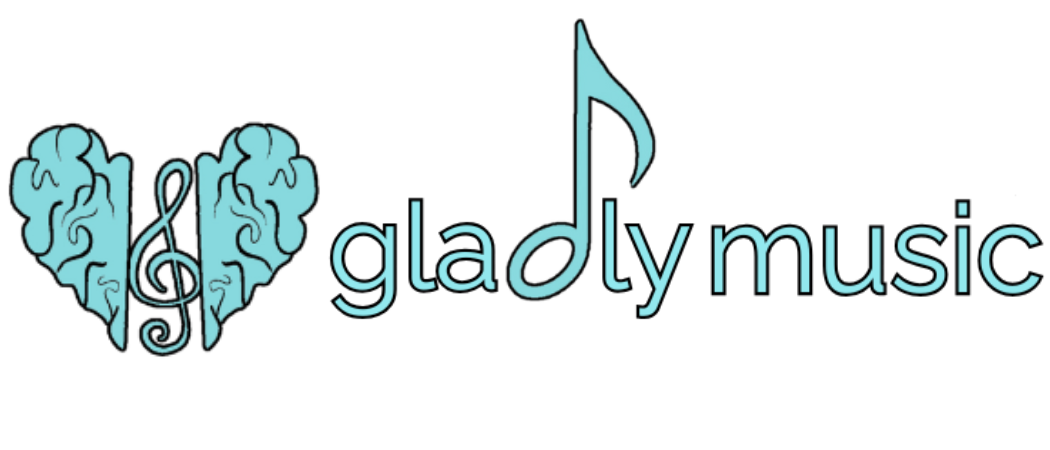Music Lessons for Non-Speaking Kids: What I’ve Learned as a Teacher and Therapist
Many parents ask me, “Can non-speaking kids take music lessons?” And the answer is: yes—absolutely.
As a board-certified music therapist and music teacher, I’ve had the joy of working with many non-speaking children. Some are autistic, others have apraxia, selective mutism, or other speech-related challenges—but each of them has shown me that music can be a powerful way to connect, express, and grow.
Here’s what I’ve learned from offering music lessons for non-speaking and nonverbal kids—and why it matters.
Can Non-Speaking Children Learn Music?
Yes! Non-speaking children can absolutely learn music. In fact, music can be a natural fit because it’s rooted in rhythm, movement, emotion, and connection—not just words.
Traditional music lessons rely heavily on verbal instruction. But with the right support, kids who don’t speak (or don’t speak yet) can learn and thrive musically using:
Visual aids and gestures
AAC devices or communication boards
Hands-on demonstration and modeling
Movement-based learning
Musical play and improvisation
Music is a sensory and emotional language, and for non-speaking children, that often makes it more accessible than spoken language.
Music Therapy for Non-Speaking and Nonverbal Children
One powerful way to support non-speaking kids through music is music therapy. In music therapy sessions, we focus on the child’s strengths and preferred ways of interacting—whether that’s clapping to a beat, strumming a guitar, or simply making eye contact during a favorite song.
As a music therapist, I use music to support:
Communication and self-expression
Motor planning and coordination
Emotional regulation
Joint attention and social connection
For nonverbal or minimally verbal kids, music becomes a way to connect when words aren’t accessible. It’s less about learning scales, and more about building trust and finding joy through music.
How Music Lessons Work for Non-Speaking Kids
You might be wondering: What do music lessons for non-speaking kids actually look like?
Here’s what I’ve found works best:
Choice-based learning. I offer visual choices so the child can decide which instrument, song, or activity they want next.
Flexible structure. I follow the child’s lead while still providing a predictable routine.
Sensory-friendly environment. I adapt lighting, sounds, and movement to meet the child’s needs.
Celebrating all responses. Whether it’s a tap, a gaze, or a moment of stillness—every expression counts.
The goal isn’t to force speech or perfect technique. It’s to support each child’s communication, confidence, and creativity through music.
Why Some Kids Learn Music Without Speaking First
Sometimes kids develop musical communication before verbal language. I’ve seen children who:
Sing or hum before they speak
Use rhythm to structure their day or movements
Show emotional understanding through melody or tempo
This makes sense—music activates the brain in ways that spoken language doesn’t. It engages multiple areas at once: motor, auditory, emotional, and social.
That’s why music lessons for nonverbal kids can be a huge step toward overall growth—even if spoken words come later (or not at all).
Best Tips for Teaching Music to Nonverbal Children
Over the years, here are the top strategies I’ve learned for making music lessons inclusive and accessible for non-speaking kids:
Follow the child’s lead. Let their interests shape the session.
Use visuals. Choice boards, symbols, and gestures go a long way.
Repeat favorite songs. Repetition builds comfort and confidence.
Honor all forms of communication. Movement, sounds, looks, and behavior are all valid responses.
Redefine success. Progress might look different—but it’s always meaningful.
Why Music Lessons for Non-Speaking Kids Matter
Too often, non-speaking kids are left out of arts education because people assume they can’t keep up.
But I’ve seen firsthand how music gives these children a voice, even when they don’t use words. It builds confidence, relationships, and emotional expression in a way few other activities can.
Music is not only possible for non-speaking children—it’s powerful.
Inclusive Music Lessons and Music Therapy at Gladly Music
At Gladly Music, I specialize in music therapy-informed lessons that are inclusive, individualized, and joyful. I work with autistic kids, non-speaking kids, and children with a wide range of learning and communication styles.
🎵 Whether your child is just beginning their musical journey or you’re looking for an alternative to traditional lessons, I’m here to support you both.
💬 Ready to learn more?
Let’s explore how we can make music work for your child.
